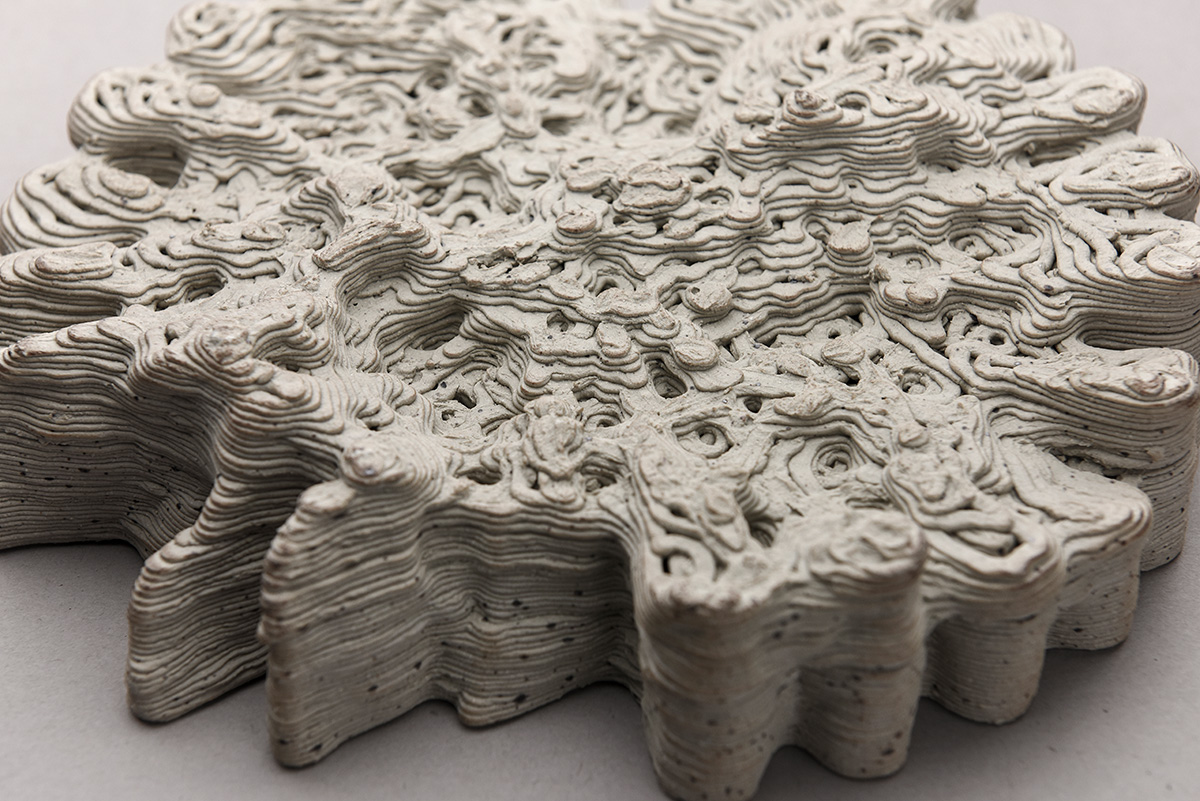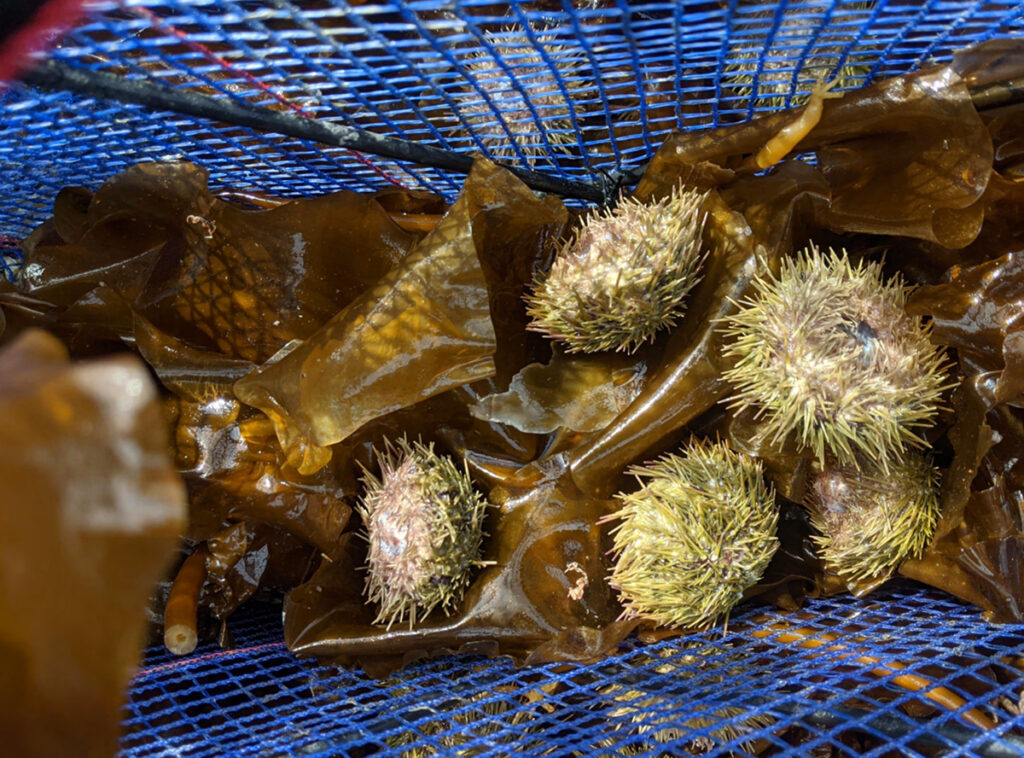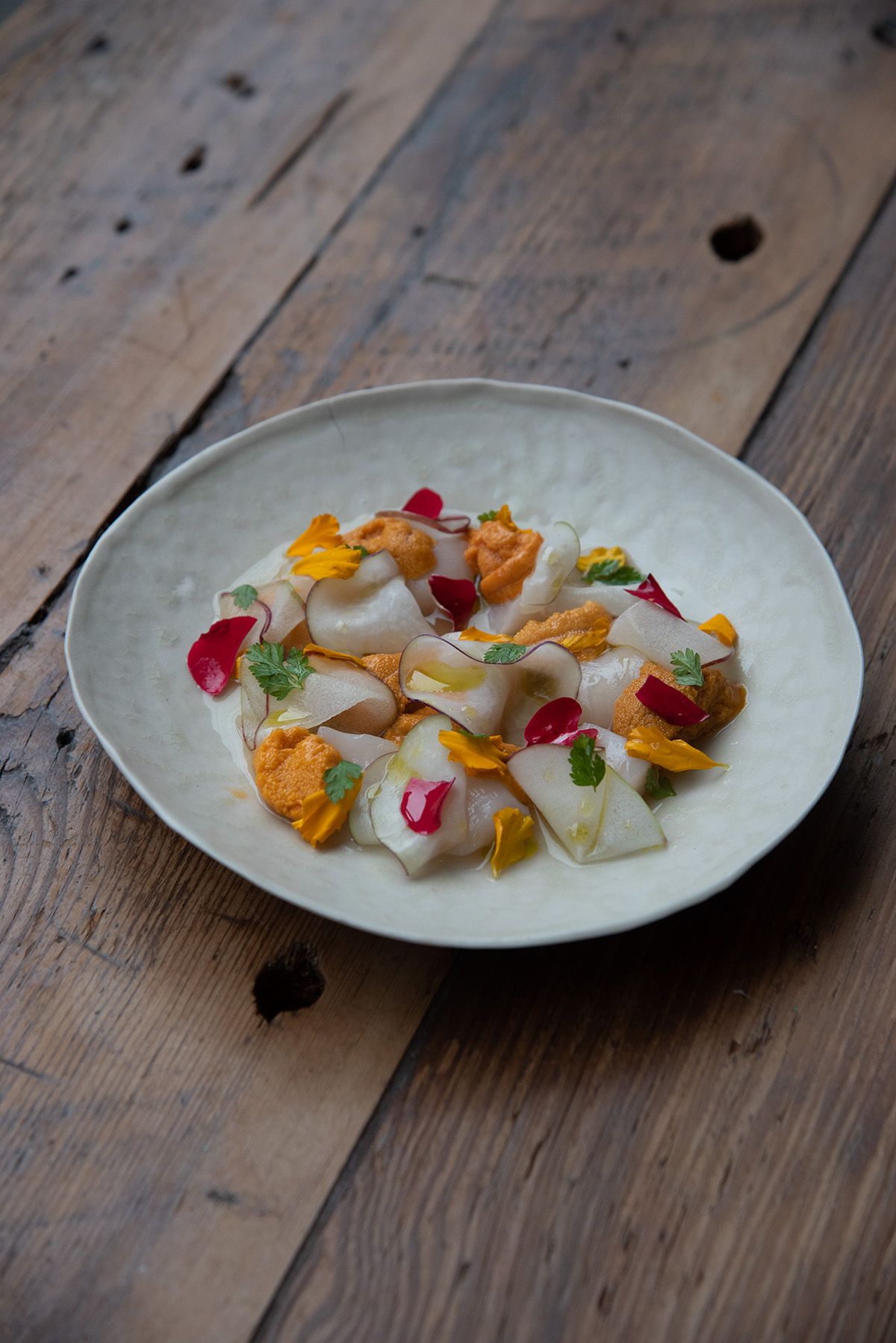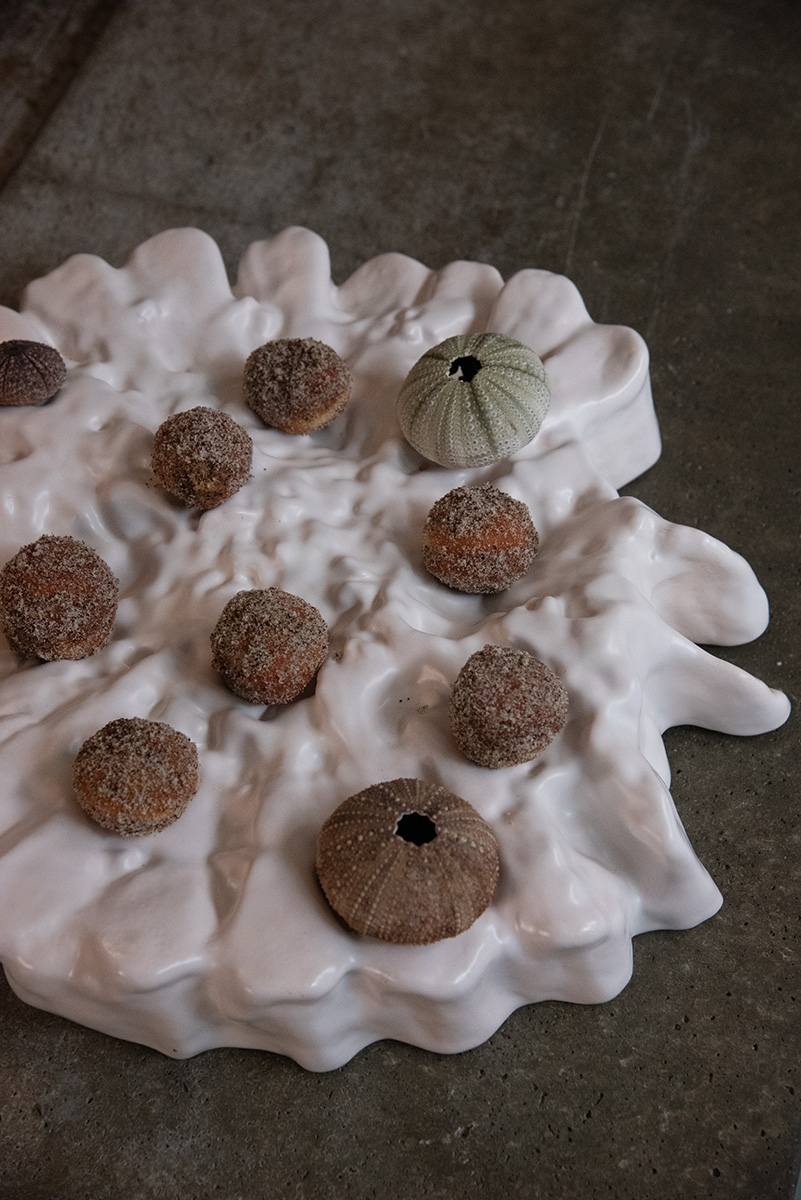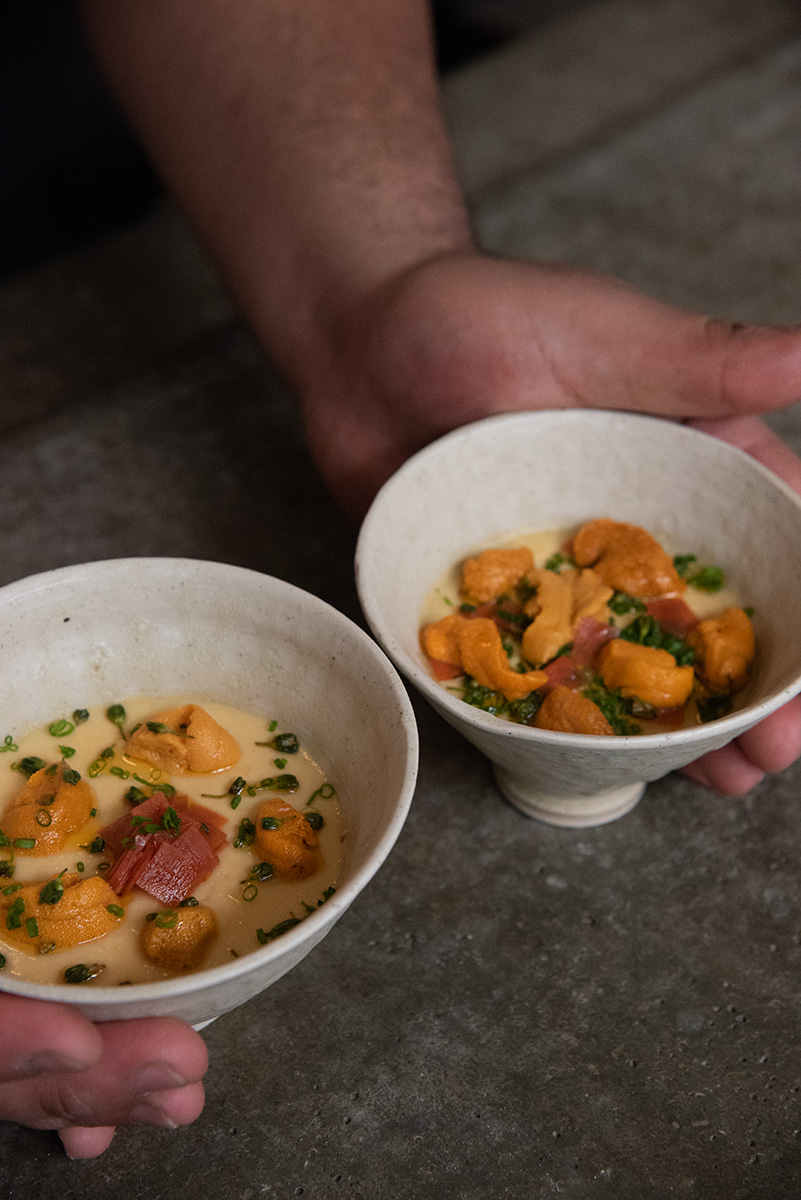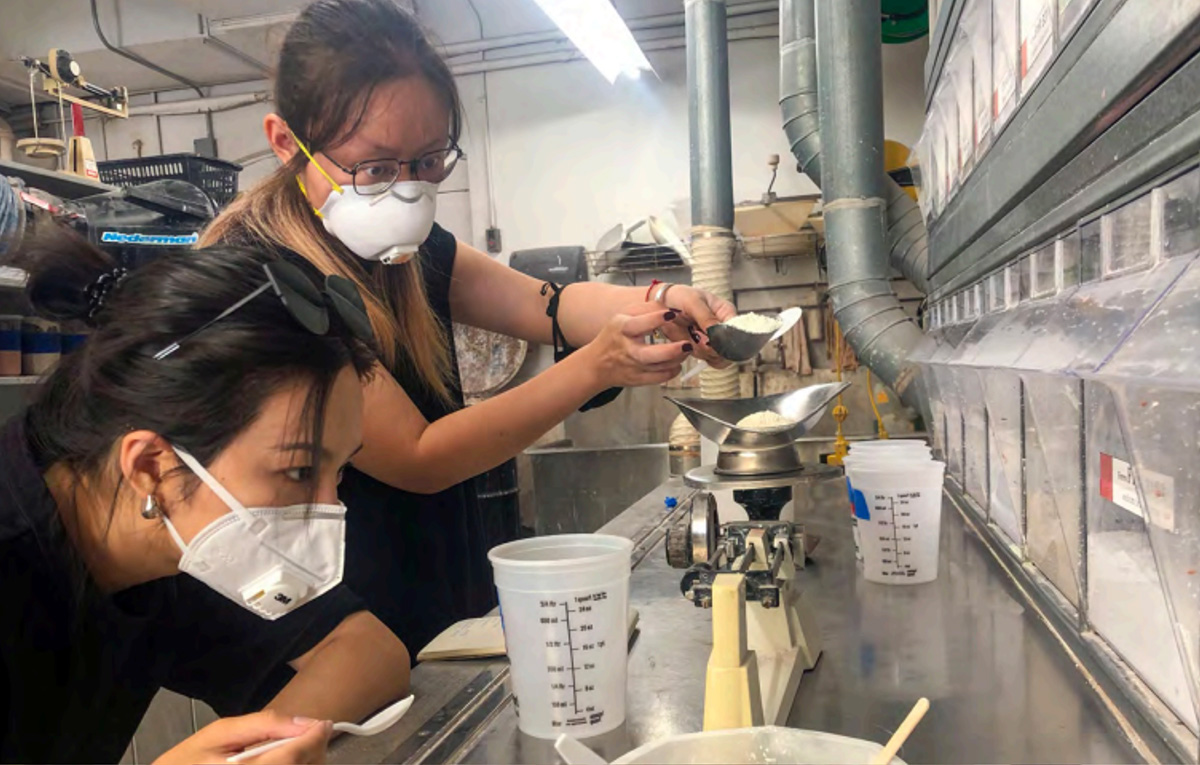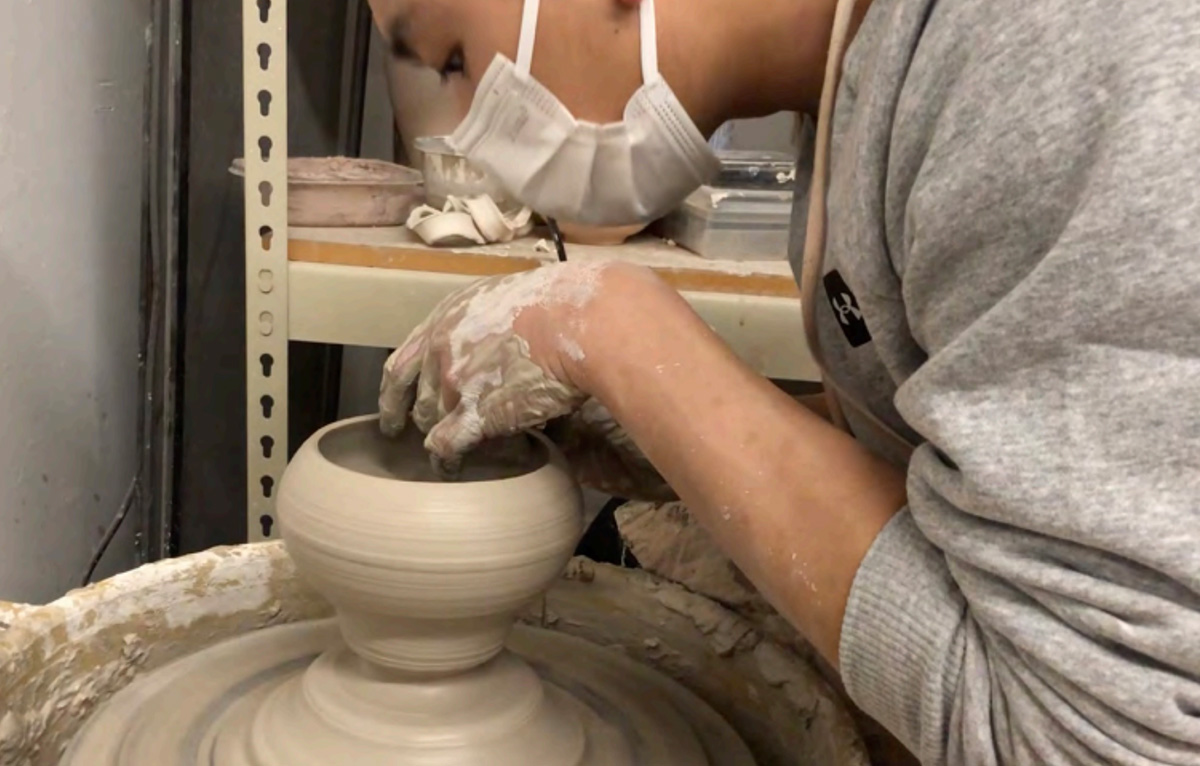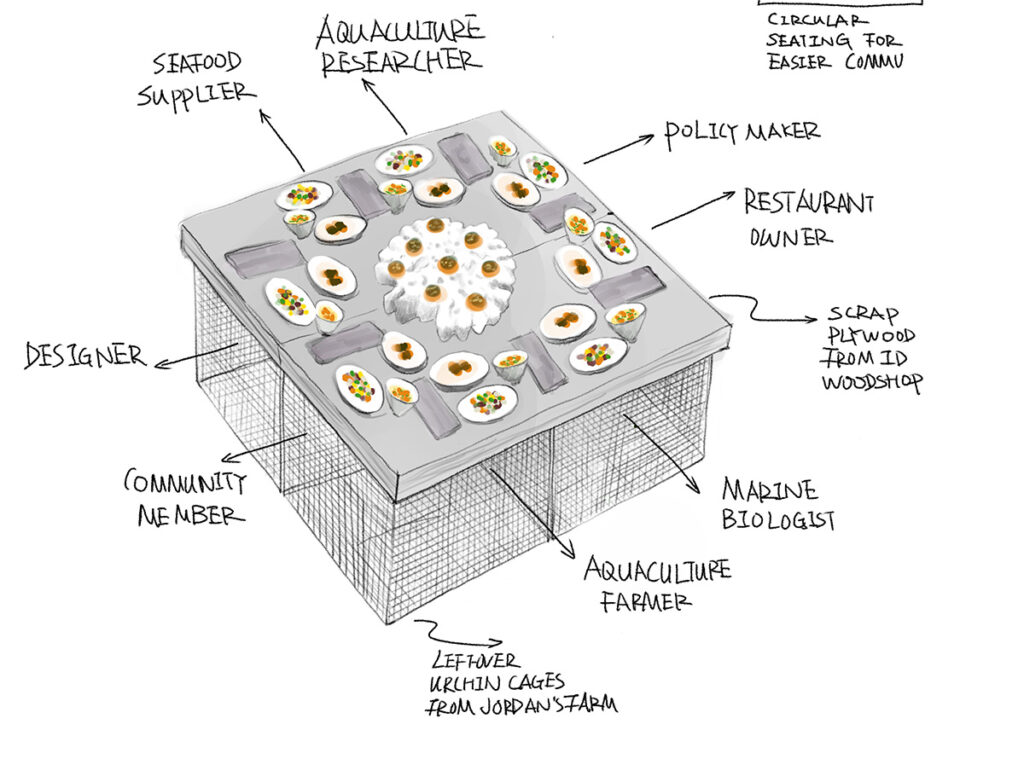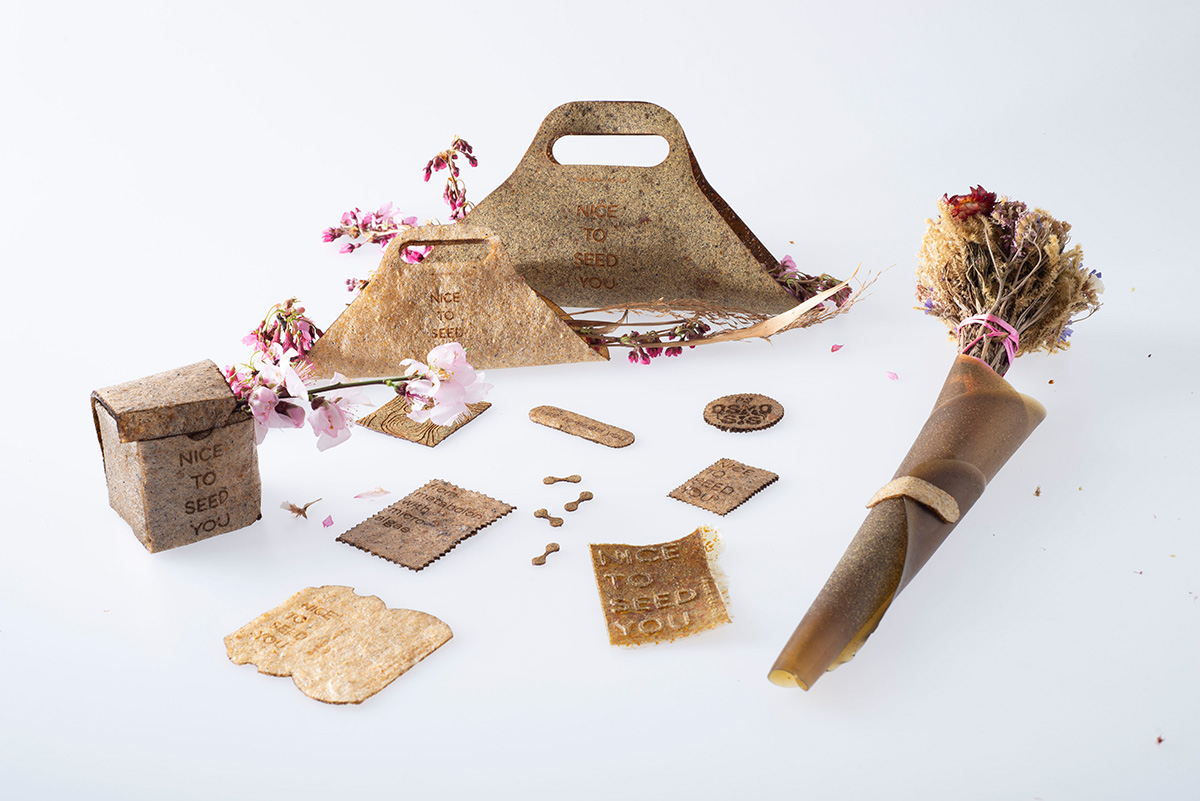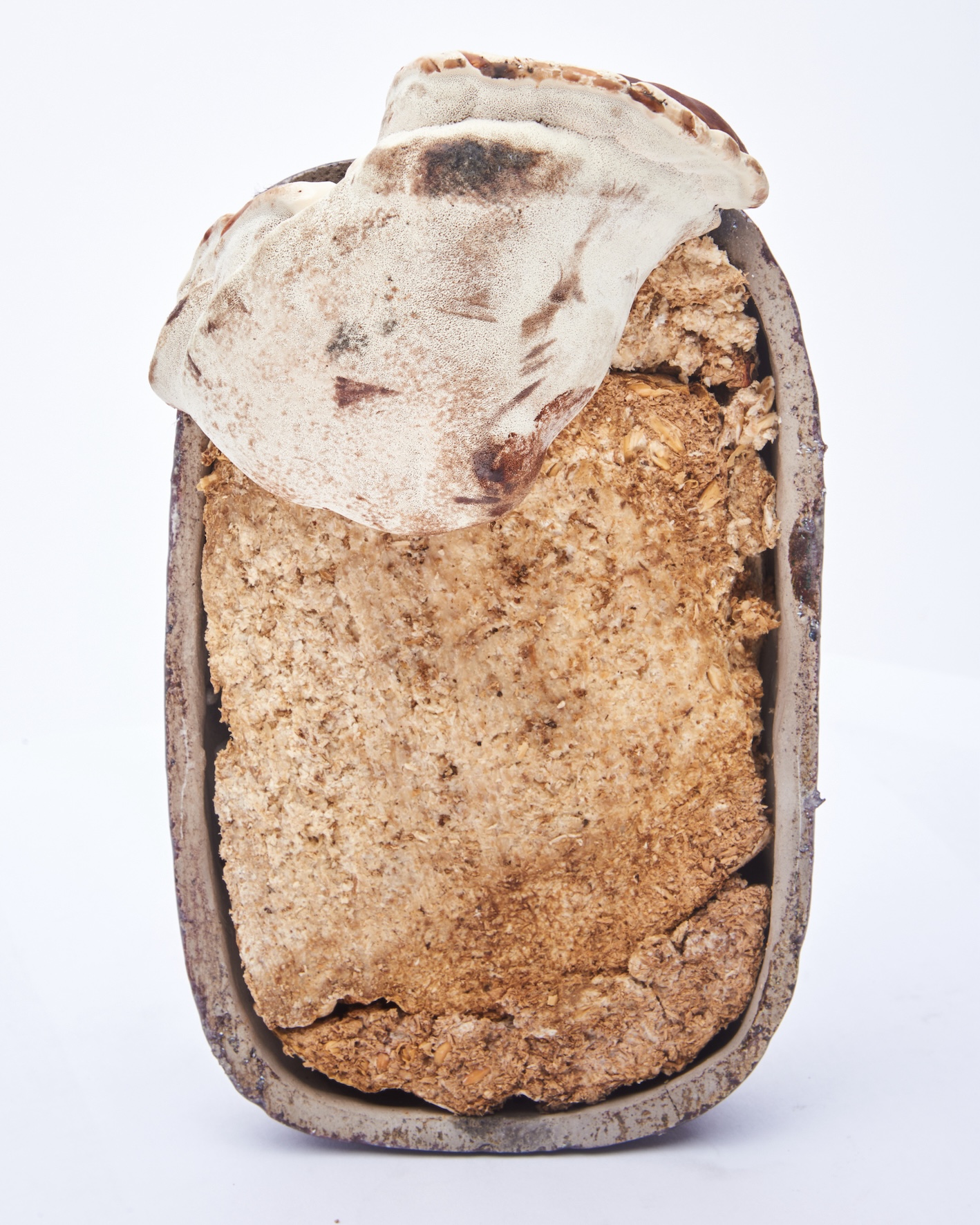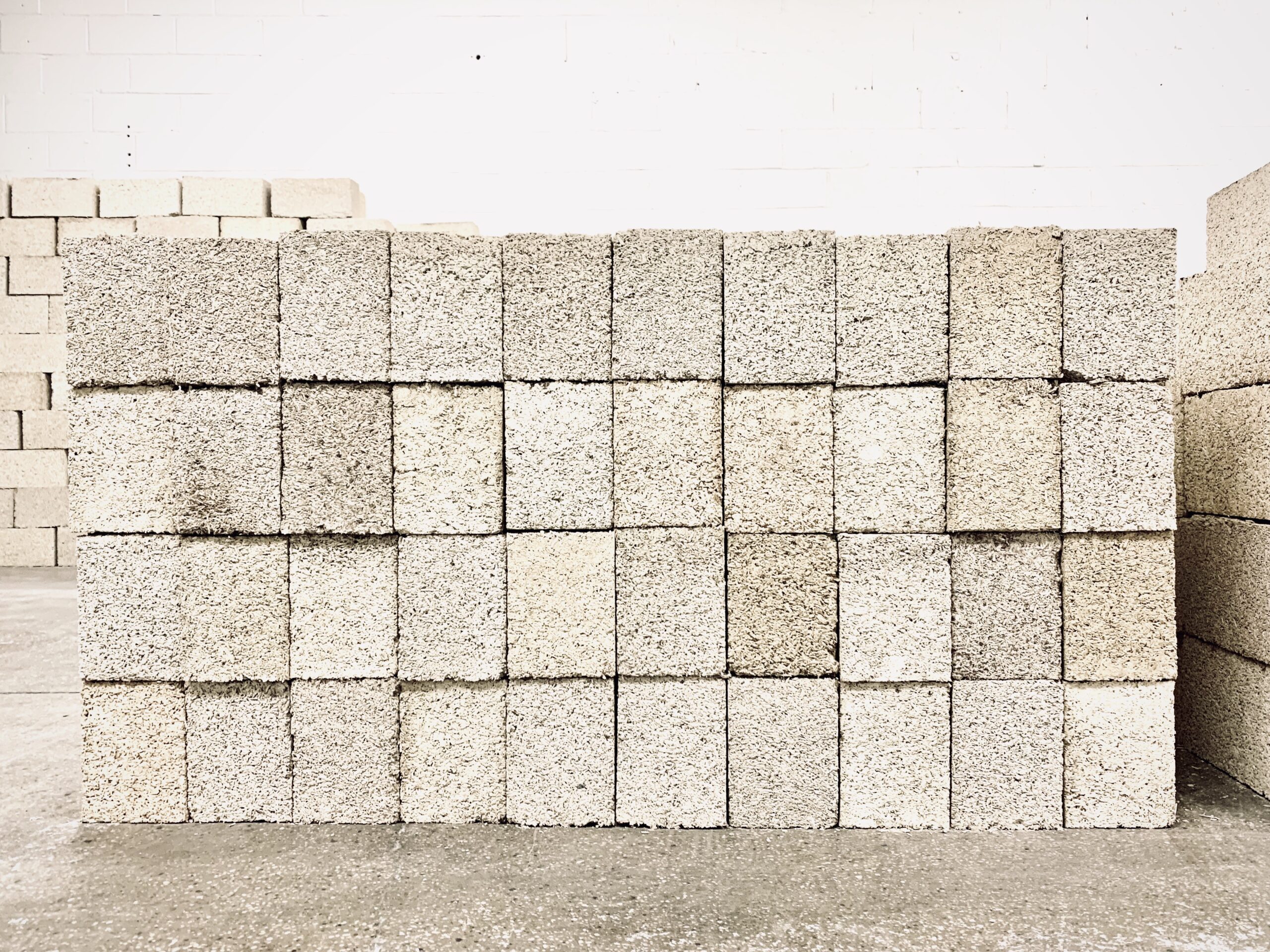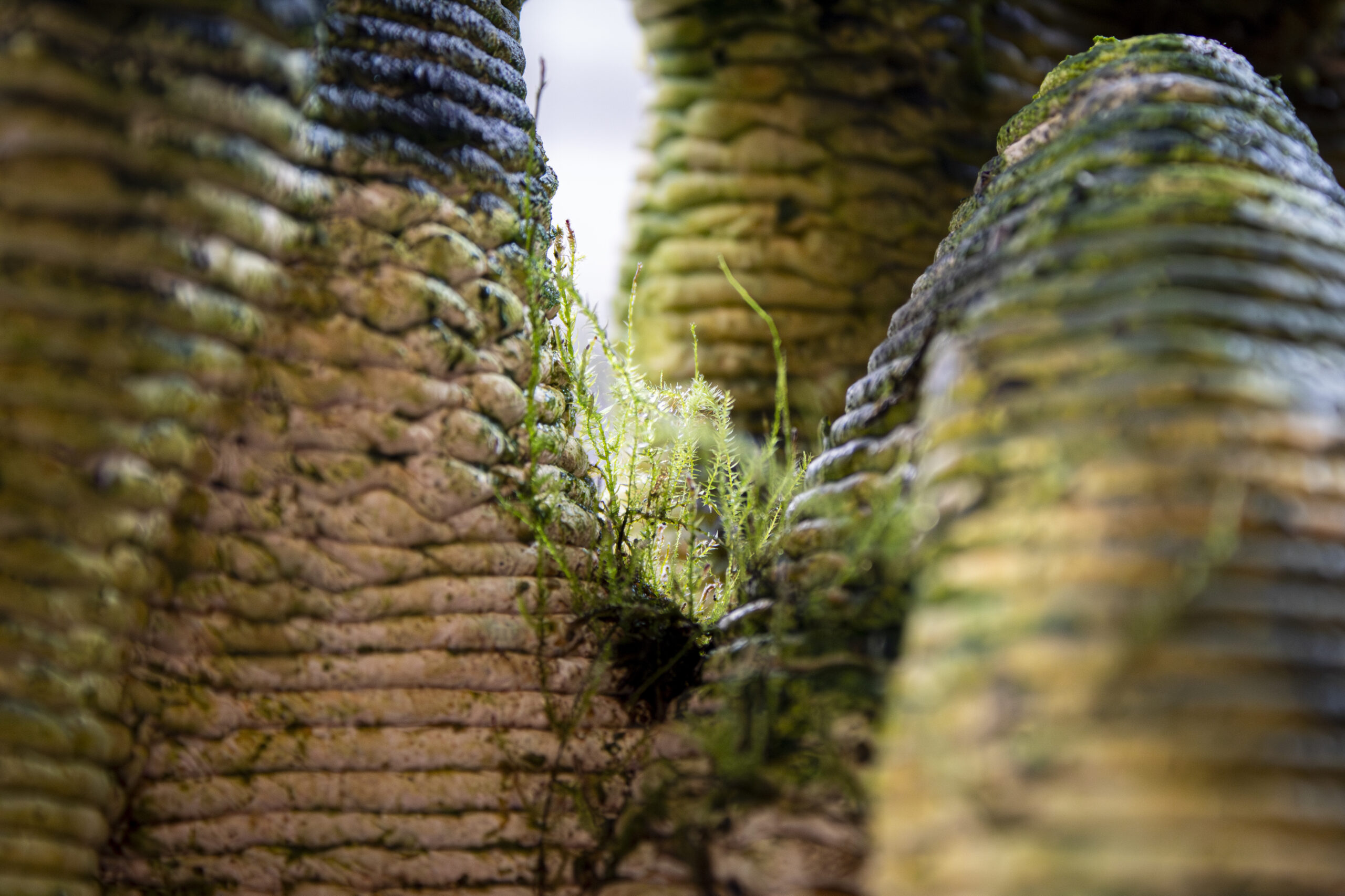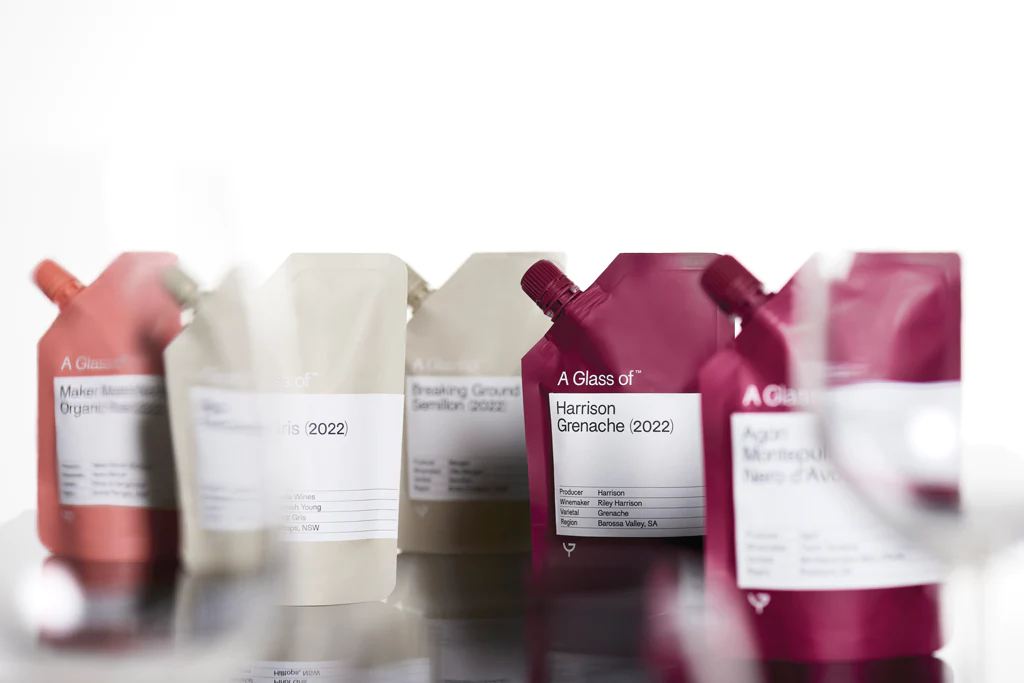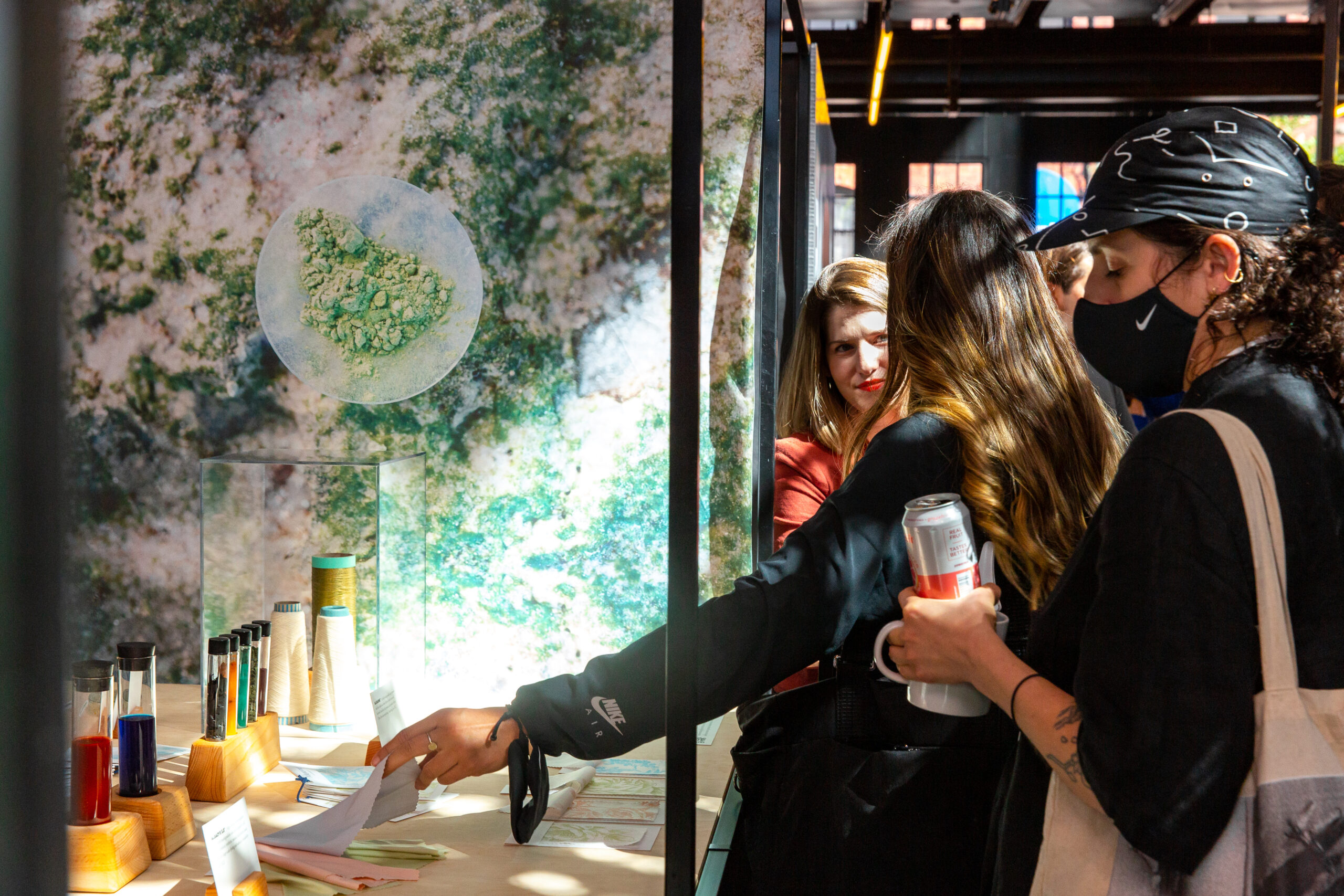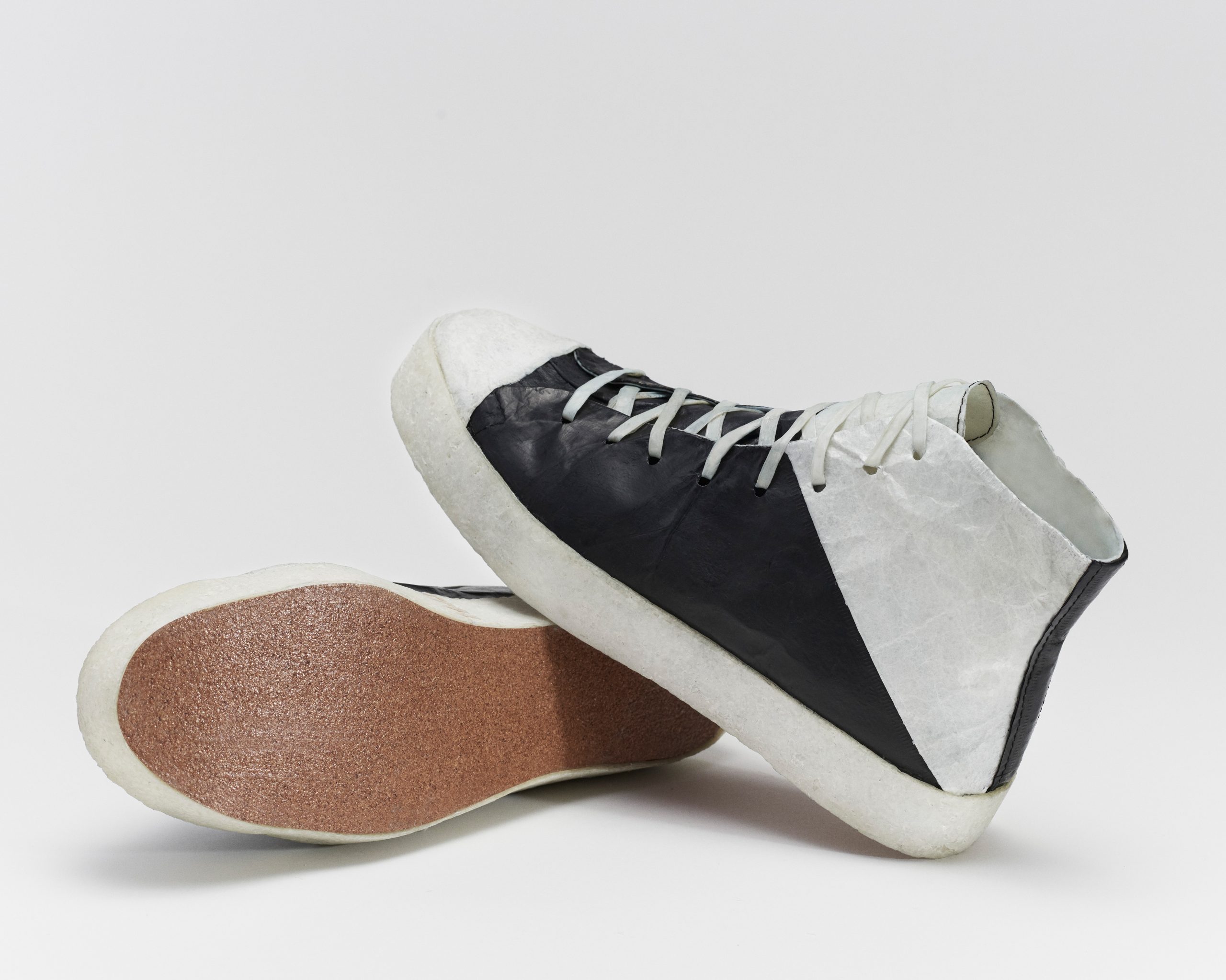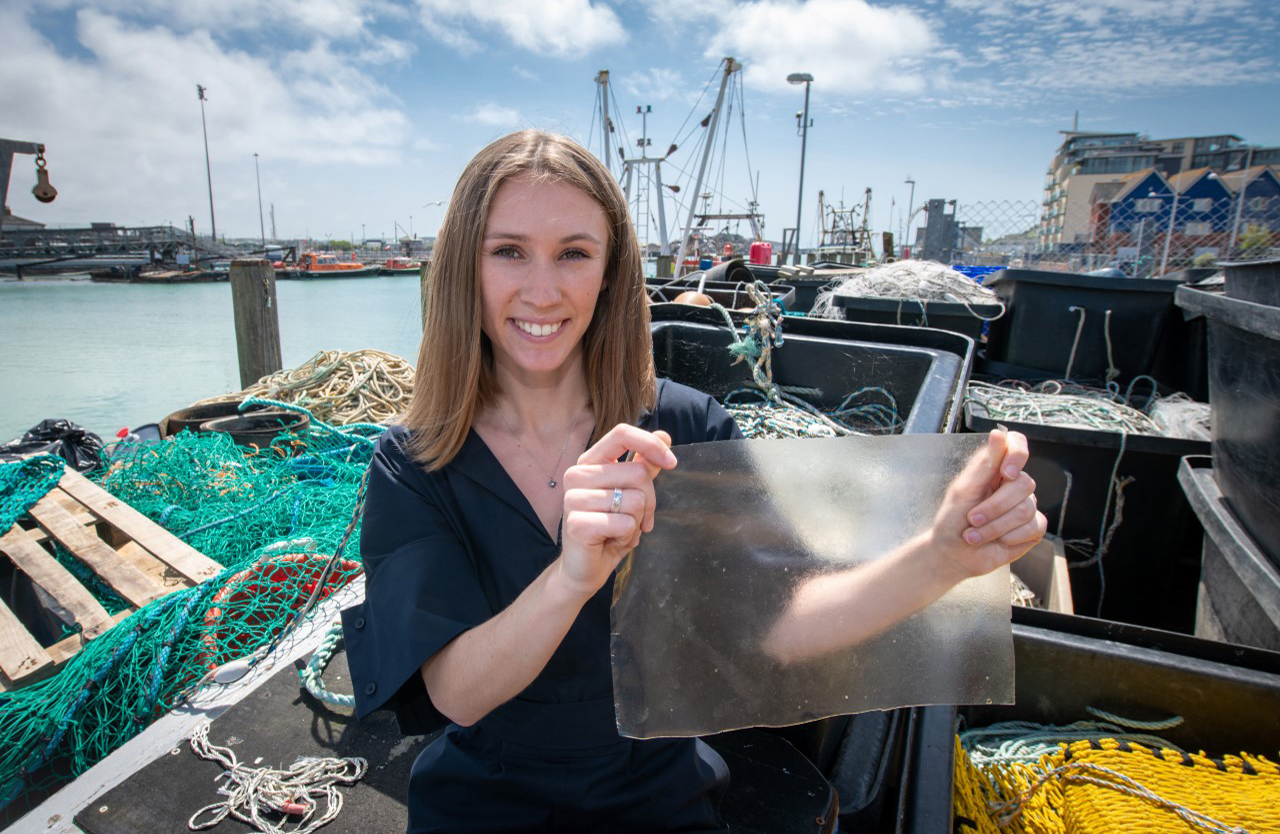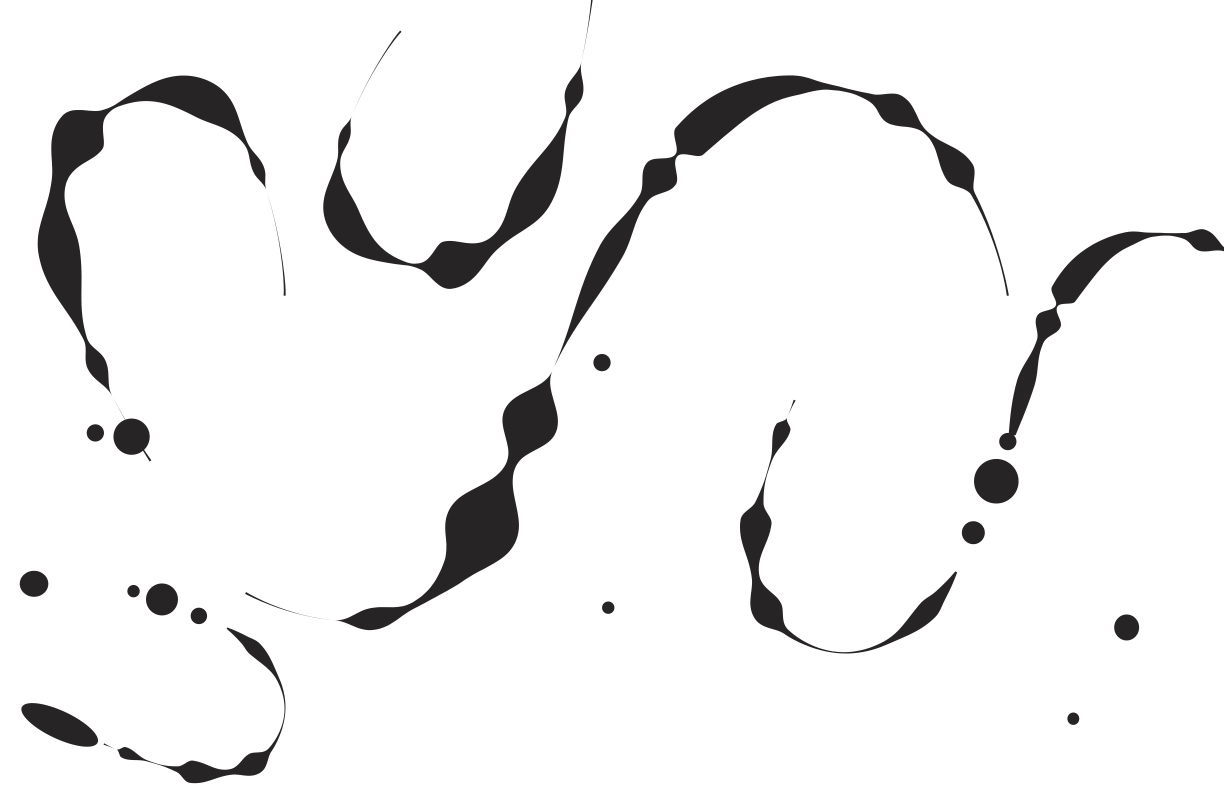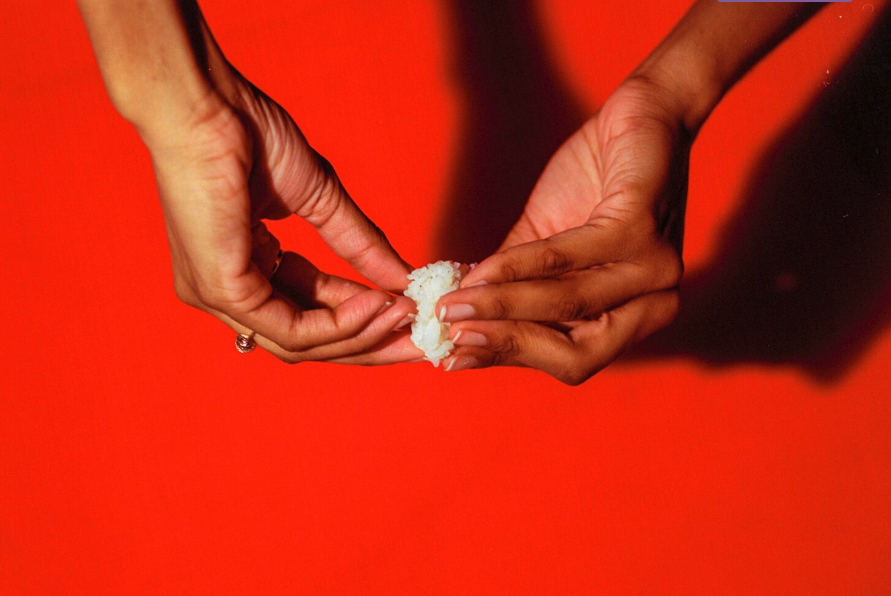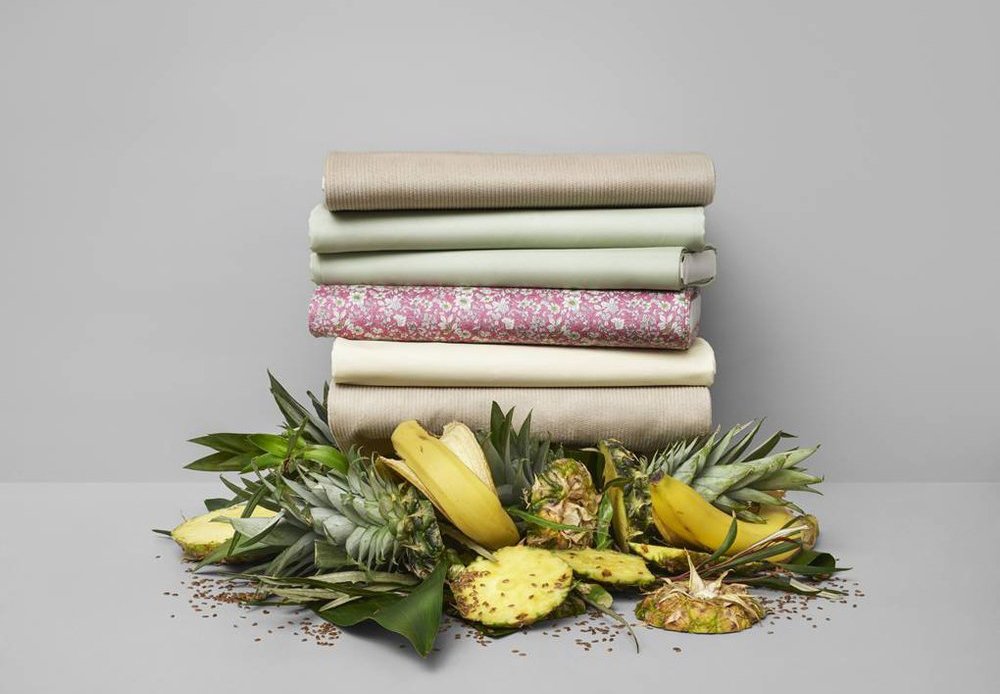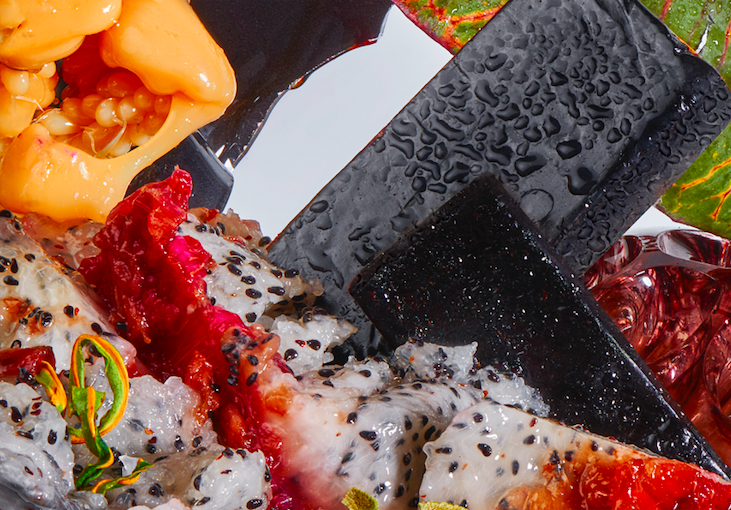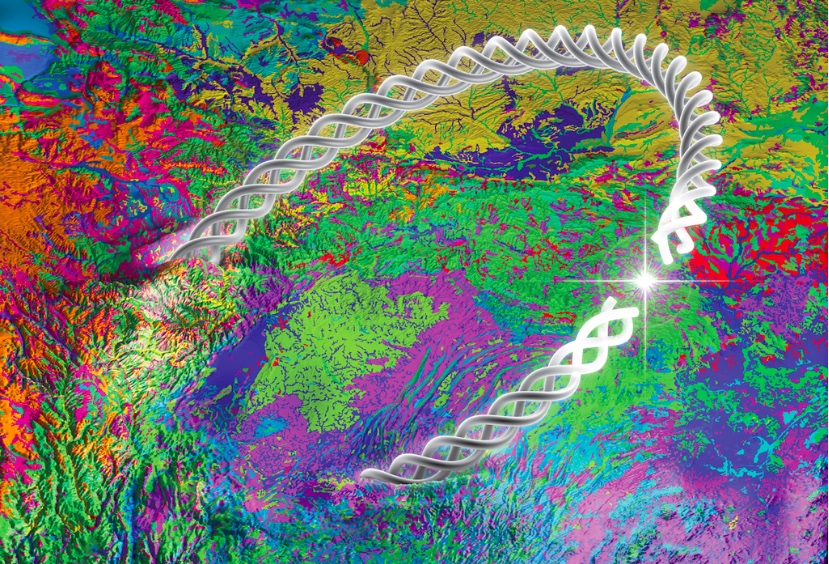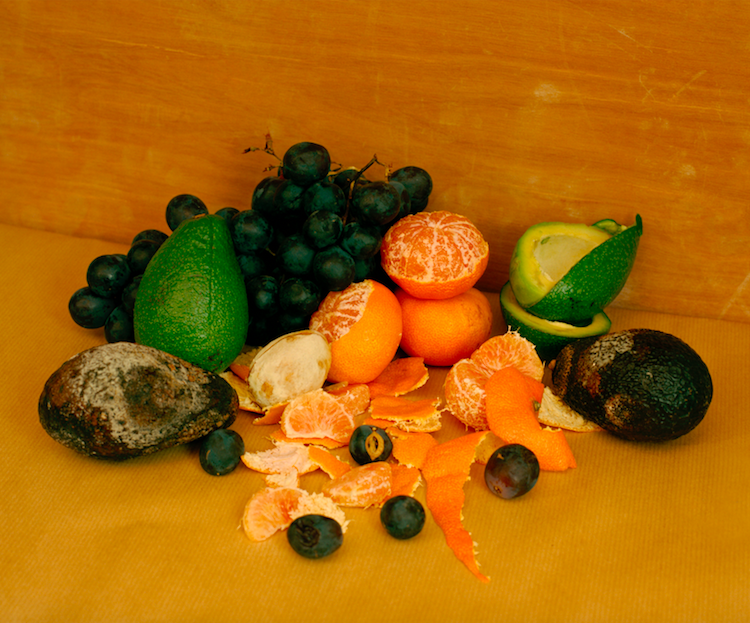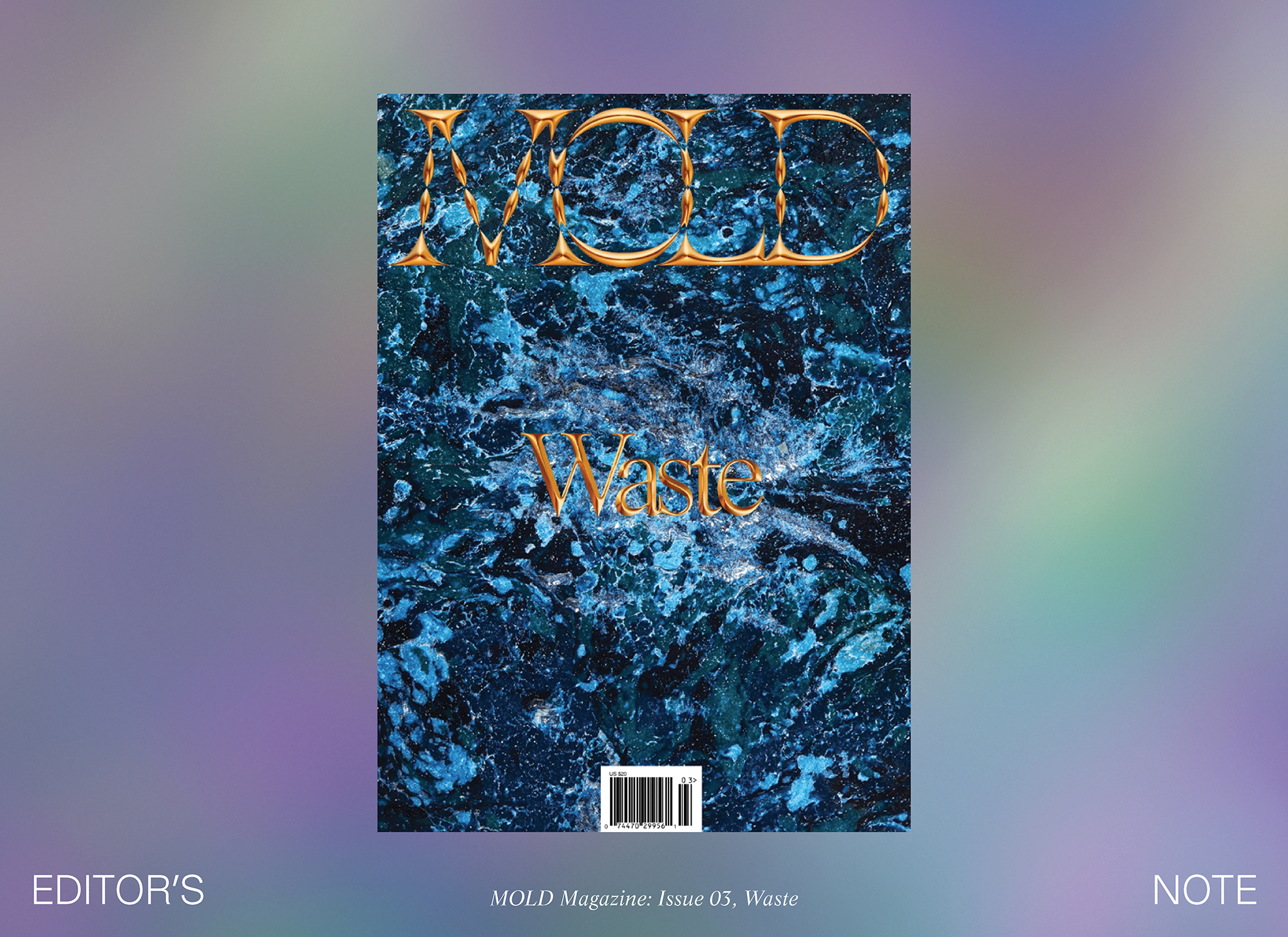As ocean temperatures rise and seawater acidity levels continue to increase, one of the few aquatic species that has shown to be resilient in these changes is the sea urchin1. These creatures are providing a real-time demonstration of what the future holds for our aquatic food sources, specifically in Rhode Island, where researchers have been working to introduce sea urchins into local farming practices.
- 1URI researcher: Sea urchins could prove to be Rhode Island’s next climate-resilient crop, the University of Rhode Island.
Urchin Futures is a collaborative systems design project focused on the green sea urchin, a species of sea urchin that Dr. Colleen Suckling at the University of Rhode Island is working to engage prospective urchin farmers in. The green sea urchin has the possibility to become a strong aquaculture crop for Rhode Island, producing the desirable, tender meat that is harvested from inside their exoskeletons. In consideration of this potential for new urchin aquacultures, the project aims to secure a viable and sustainable food future through design by bridging Rhode Island’s scientific and local communities. Led by multidisciplinary designer and researcher Anastasiia Raina, the project partnered designers of varying disciplines at the Rhode Island School of Design with marine biologists, aquaculture production specialists, shellfish aquaculture farmers, and local restaurants.
At the onset of their project, the team posed the question: how might they propose a circular economy with sea urchins at the center, and develop an edible and material culture surrounding sea urchins in their locality?
Sustainable Aquacultures
Searching for a sustainable urchin aquaculture model, Anastasiia’s team turned to Jordan Kramer, the owner of Winnegrace Oyster Farm in Portland, Maine. According to Jordan, shellfish aquaculture is one of the few forms of aquaculture that can be restorative to the ocean. Urchins eat the algae that forms in their habitat, cleaning the water around them. While current aquaculture models release excess amounts of phosphorus and nitrogen into the water creating algae blooms, shellfish are able to pull these chemicals out of the water and divert them towards growth2.
- 2Circular Urchin Economies for Viable Futures, Anastasiia Raiina.
In Maine, sea urchins are predominantly farmed, though they have been overfished in order to export large quantities to Japan, where they are prepared in sushi. Meanwhile, on North America’s west coast the number of sea urchins has skyrocketed, threatening to decimate kelp forests. This is in part due to heat waves and disease, which have caused a decline in the population of sea stars— a major predator for sea urchins3. The contrast in urchins’ treatment from coast to coast—as invasive species or as delicacy—demonstrated a need to understand how they could be integrated into a local edible and material culture so that they could balance their presence in aquatic ecosystems.
- 3A Prickly Problem with Sea Urchins, Oregon Marine Reserves.
Based on their conversations with Jordan, as well as research from the University of Maine’s Center for Cooperative Aquaculture, the team developed an infographic to visualize a model for an urchin-integrated multi-trophic aquaculture (IMTA). In the IMTA model, the waste or byproducts of one species can become the coproducts of another, and aid in the remediation of the immediate environment in which they are being farmed.
Anastasiia’s proposed urchin IMTA model integrates the newer practice of urchin farming with the long-established model for oyster farming to present an alternative to the traditional mono-culture of farming. As neither species require complex growing infrastructures and have complementary harvest seasons, the model can be adjusted easily. With the addition of kelp to the model, macro and micro algae provide nutrient sources for urchins and oysters, while also absorbing large amounts of CO2. Through this model, multiple species can co-live with one another to reduce labor and produce multiple viable crops.
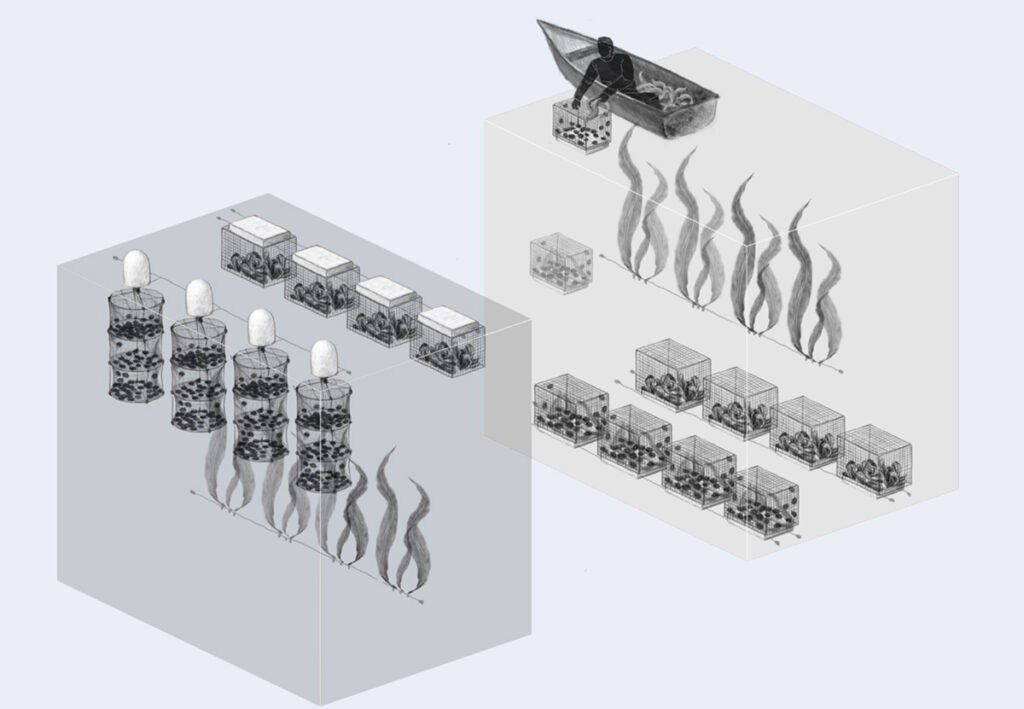
Edible Possibilities
When sea urchins are harvested and prepared to be eaten, only the roe is edible. The rest of its body and shell are discarded. Anastasiia’s team decided to explore new modes for utilizing both the edible and inedible components of urchins.
In collaboration with Providence-based chefs, Nikhil Navnish Naiker and Trinity Aurienna, a team developed a menu of three dishes that explored urchin roe as a more versatile ingredient. The first dish was a brioche donut filled with a sea urchin mousse, rolled in seaweed powder and spices. The second, a crudo plate of sea urchins and other fish native to Rhode Island with kohlrabi and an apple dressing. The third dish tells the story of successful multi-species aquaculture, featuring key ingredients from Winnegrace Farm: a sea urchin custard topped with sesame seeds, hibiscus pickled carrots, and kelp. The dish illustrates the multitrophic model proposed by the team—where kelp, oysters, and urchins are cultivated together—through a tasty edible model.
Waste as Bioresource
The team then turned their attention to the issue of waste in current urchin economies. Currently, the only widely implemented waste stream for urchin shells is as fertilizer. Each year the fishing and aquafarming industry discards seven million tons of shellfish waste3. Anastasiia’s team focused their investigation into the application of urchin waste in artistic production, specifically the reuse of urchin spines and shells.
- 3Circular Urchin Economies for Viable Futures, Anastasiia Raiina.
Soon, a method was developed to extract pigments from Atlantic sea urchin spines while reserving the byproduct for use in ceramic production. Sea urchins are the only animals to produce naphthoquinones—the pigments responsible for their red, purple, and sometimes green colors4. The team of designers also found that ground sea urchin shells, rich in calcium carbonate, made a strong replacement for dolomite, a mineral mined for use in ceramics, glassblowing, and ironmaking. With the help of ceramicists Chenxi Wang and Miguel Enrique Lastra, they developed samples and recipes for a food-safe ceramic glaze.
- 4Circular Urchin Economies for Viable Futures, Anastasiia Raiina.
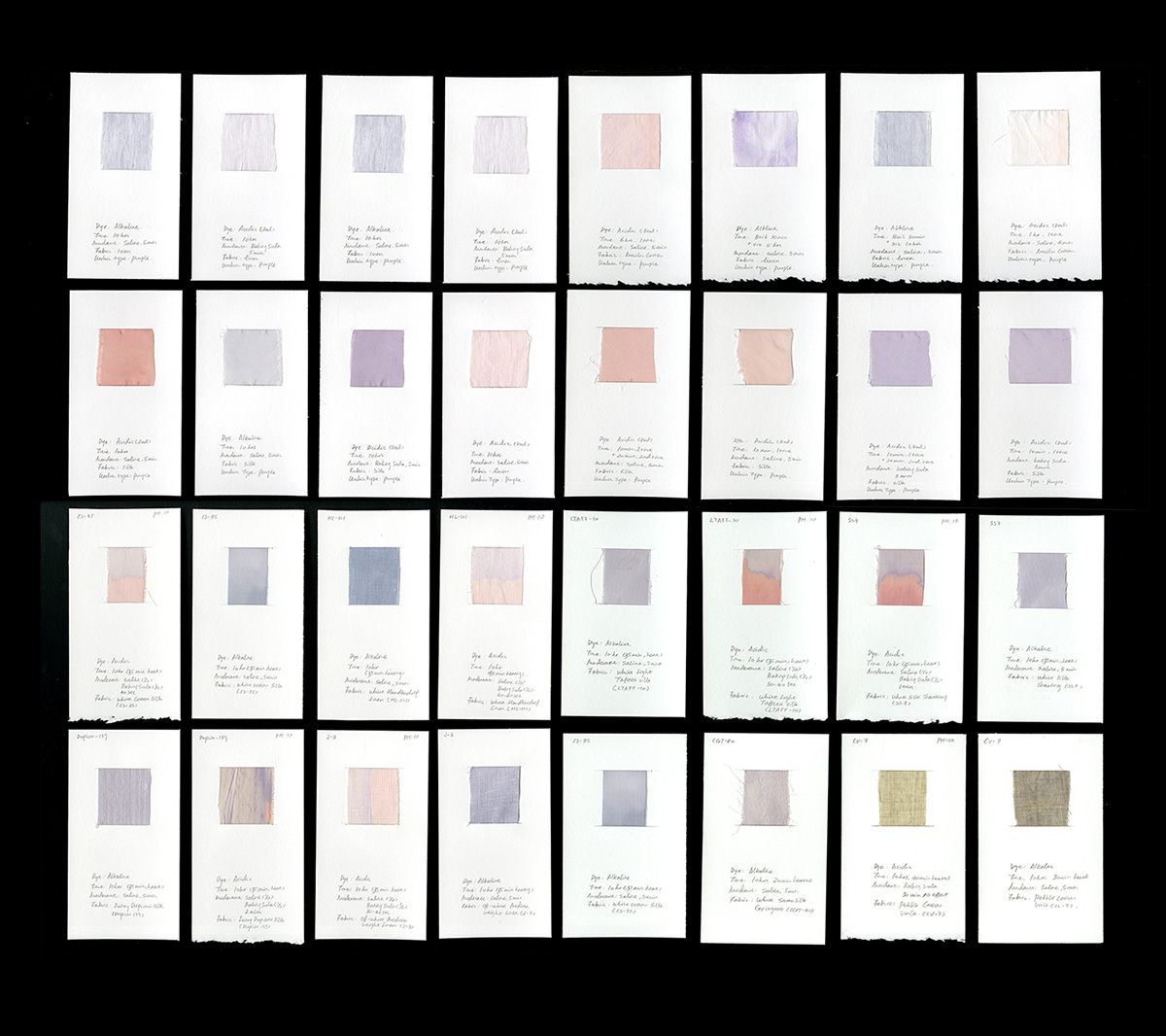
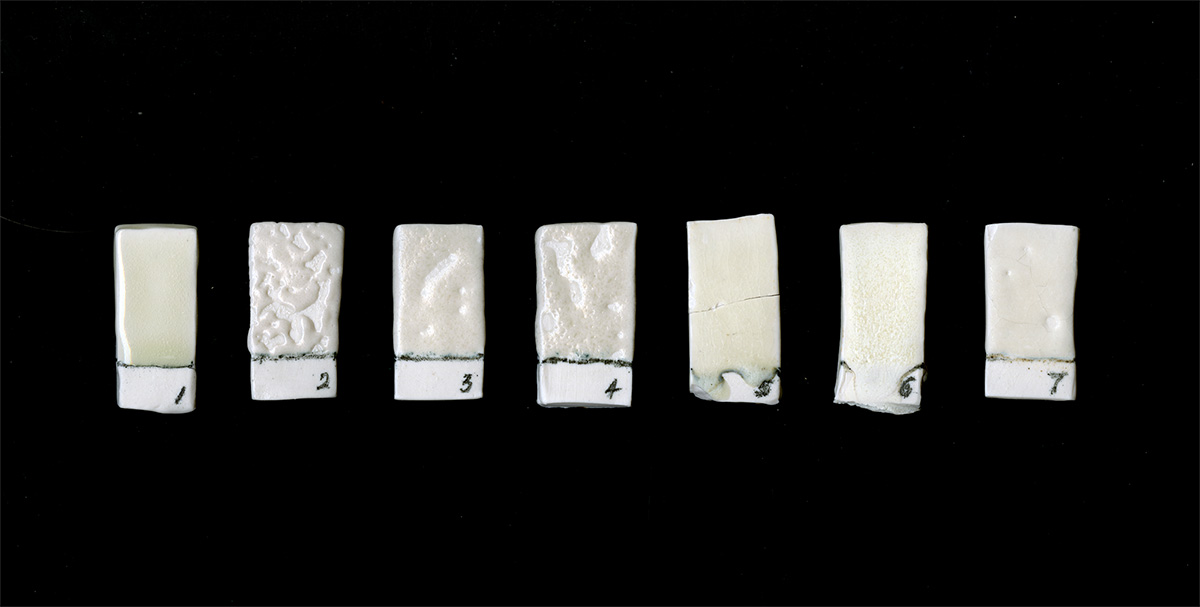
The team was able to create a range of ceramics and textiles that had been produced using urchin biowaste using the newly developed EchinoDye, EchinoClay, and EchinoGlaze. Using urchin byproducts as an opportunity to explore the production of artistic goods added another layer to the proposed circular economy, wherein the cultivation of sea urchins could contribute to the existing culture of locally crafted objects in Rhode Island.
Food as an Agent for Social Change
In a culmination of research, experimentation, and refinement, the objects and meals created by Anastasiia’s team came together in a dining experience developed to share the project’s work with the community and connect it to groups of local stakeholders with a key role in supporting urchin aquaculture. The urchin roe dishes were plated on the ceramics fired with EchinoGlaze. In particular, the donuts sat nestled in the pits and divots of a larger serving plate modeled off the cross-section of urchin spines. Table linens and napkins were dyed with the pigments extracted from the urchin spines. The resultant experience bridged the gap between the scientific information of the project and its real-world impact, bringing together research and artifacts to facilitate conversations on the benefits of urchin production in Rhode Island.
Under the ever changing dynamics between our local economies, ecosystems, and communities, the importance of designers as scientific communicators is more palpable than ever. Designers possess the ability to balance and engage with the many diverse perspectives with unique voices in the call for change. “The purpose of communicating scientific information is to change our thinking and behaviors, and that requires a lot of people to be involved,” Anastasia told me.
Urchin Futures gives us a glimpse into what our food economies can look like if local resources are considered from multiple angles: from farm, to table, to waste. Models like Urchin Futures have the possibility to be applied to many different coastal communities where sea urchins are grown and raised, expanding the possibilities for scalable circular economies in our edible culture, and the role of designers in our eco-futures.
Team
Design Researchers: Yimei Hu, Chenxi Wang, Miguel Enrique Lastra, Max Damon
Science Collaborators: Dr. Coleen Suckling, Steve Eddy, Jordan Kramer
Community Partners: Nikhil Naker, Trinity Auriemma, Eating With the Ecosystem
Urchin Futures was sponsored by the Hyundai Motor Group’s Adaptive Ecologies research and RISD Professional Development Grant
- 1URI researcher: Sea urchins could prove to be Rhode Island’s next climate-resilient crop, the University of Rhode Island.
- 2Circular Urchin Economies for Viable Futures, Anastasiia Raiina.
- 3A Prickly Problem with Sea Urchins, Oregon Marine Reserves.
- 3Circular Urchin Economies for Viable Futures, Anastasiia Raiina.
- 4Circular Urchin Economies for Viable Futures, Anastasiia Raiina.
